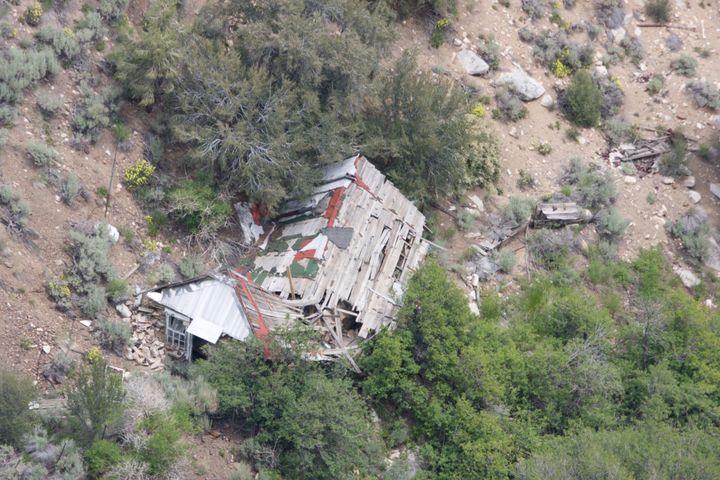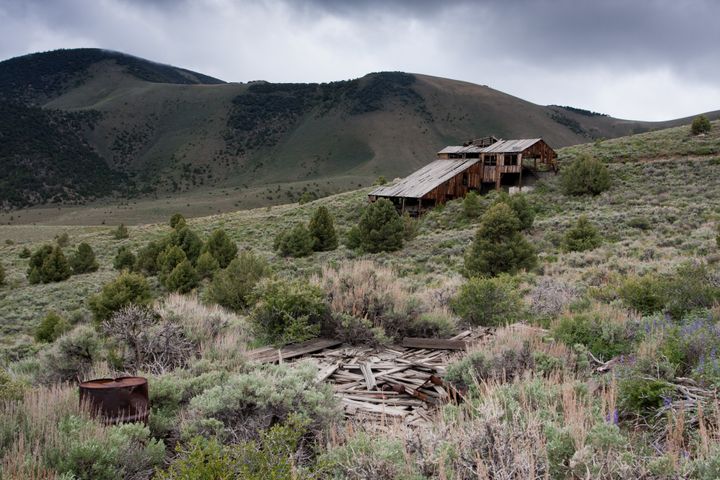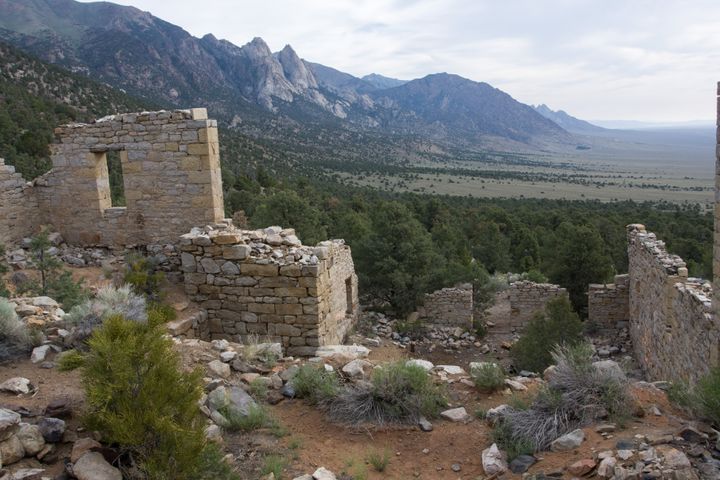


Catalonia Mine
Not too long ago (in the late summer of 2015, to be exact), we drove to this little abandoned mining camp in the backcountry of Nevada. As we got closer, we discovered the old road was completely overgrown and lost in the willows. So we got out of our trucks

DE Mine and Cave
Out in central Nevada, we found a small cave inside of a larger, abandoned mine. The miners probably broke into the cave in the 1880s or thereabouts.
Seeing a barrel set in the mine to catch dripping water was interesting. I’m guessing the miners were using it to collect

White Caps Mine
The 75-ton mill is the first thing you see when you come to this mine site. The mine was discovered in 1905 and first worked in 1912 for gold, later for mercury and antimony as the ore tenor changed with depth. The new mill was built in 1917, and the

Hornsilver Giant Mine
The Hornsilver is a fairly remote silver mine and camp. It was a good producer early on and had its ore hauled to a local mill, but like most mines, it was worked only intermittently.
The original road to the camp is long overgrown and washed away. We tried heading

Star of the West Mill
We met up with Dan and drove out to explore a forgotten corner of Nevada’s mining history. We weren’t sure if we would find anything, as is often the case. We ended up driving over one hundred miles (one way) on dirt roads. After battling a steep, rough

Park Canyon Mill
In 1867, the La Plata Company moved a ten-stamp mill from the mining camp of Yankee Blade to Park Canyon and built an extensive mill from native stone. The mill ran ore from a few different mines, including the Giant mine, but mainly the silver ore from the Buckeye mine
